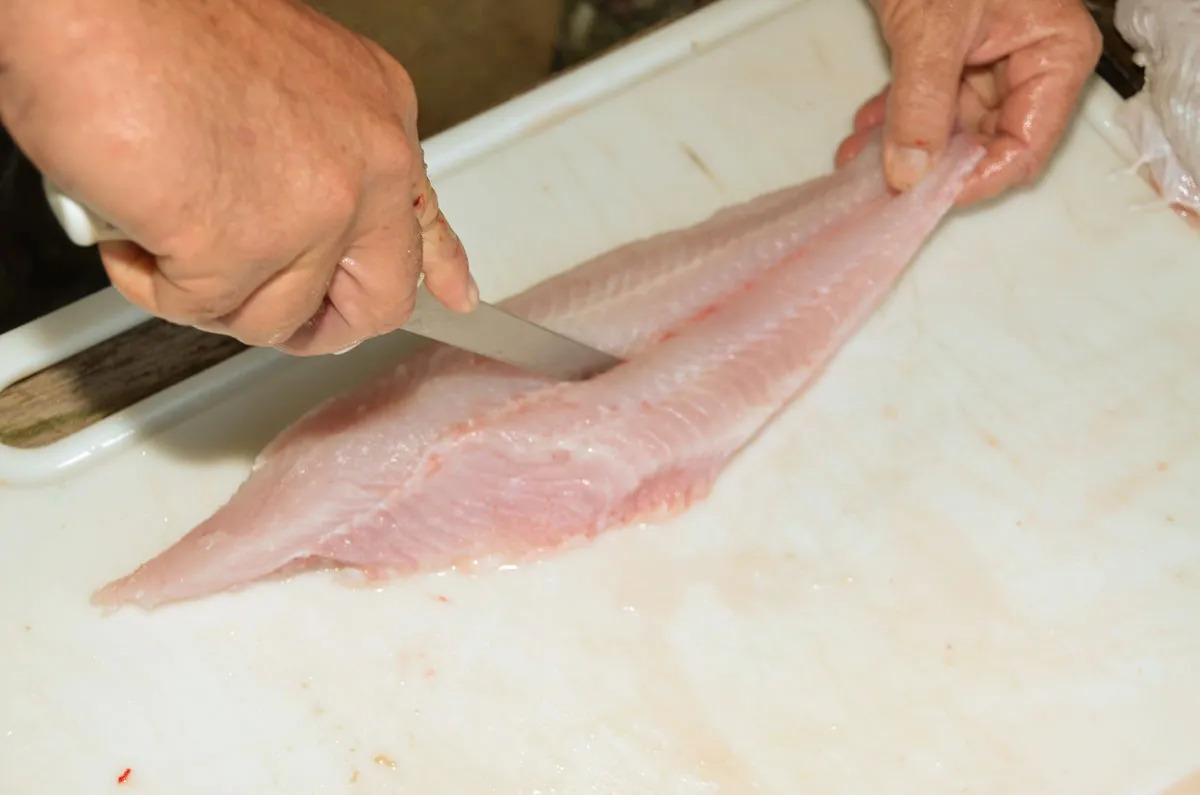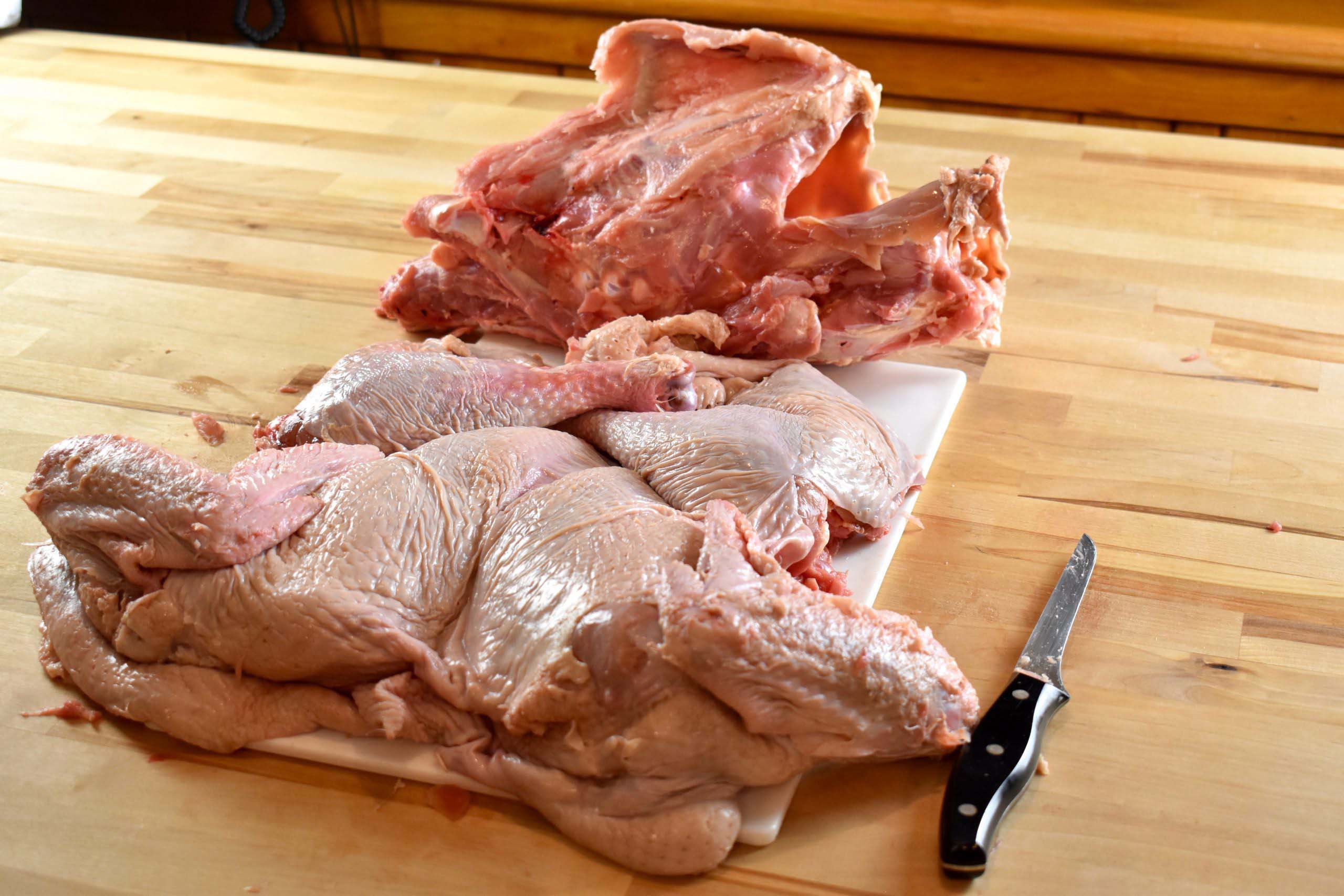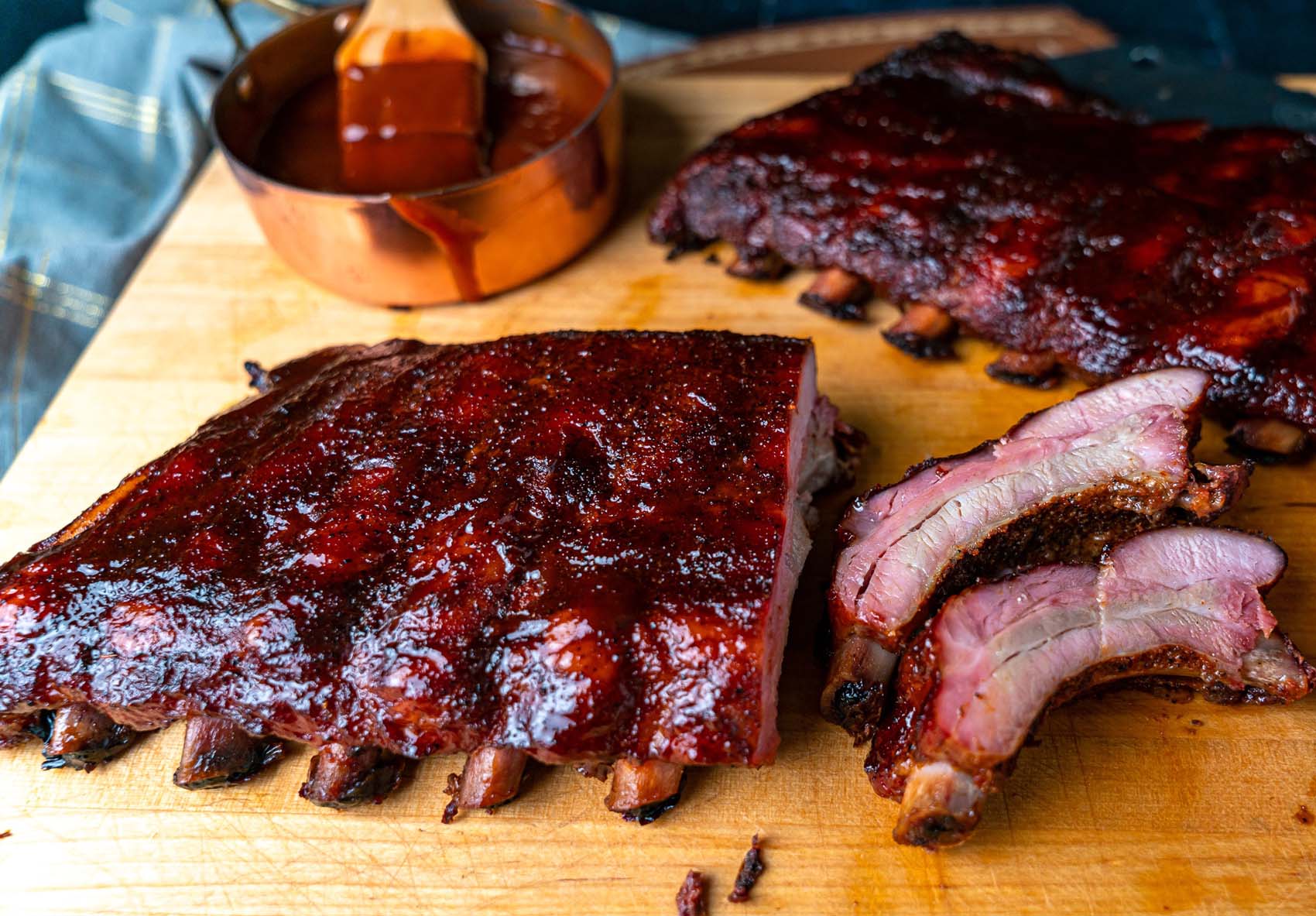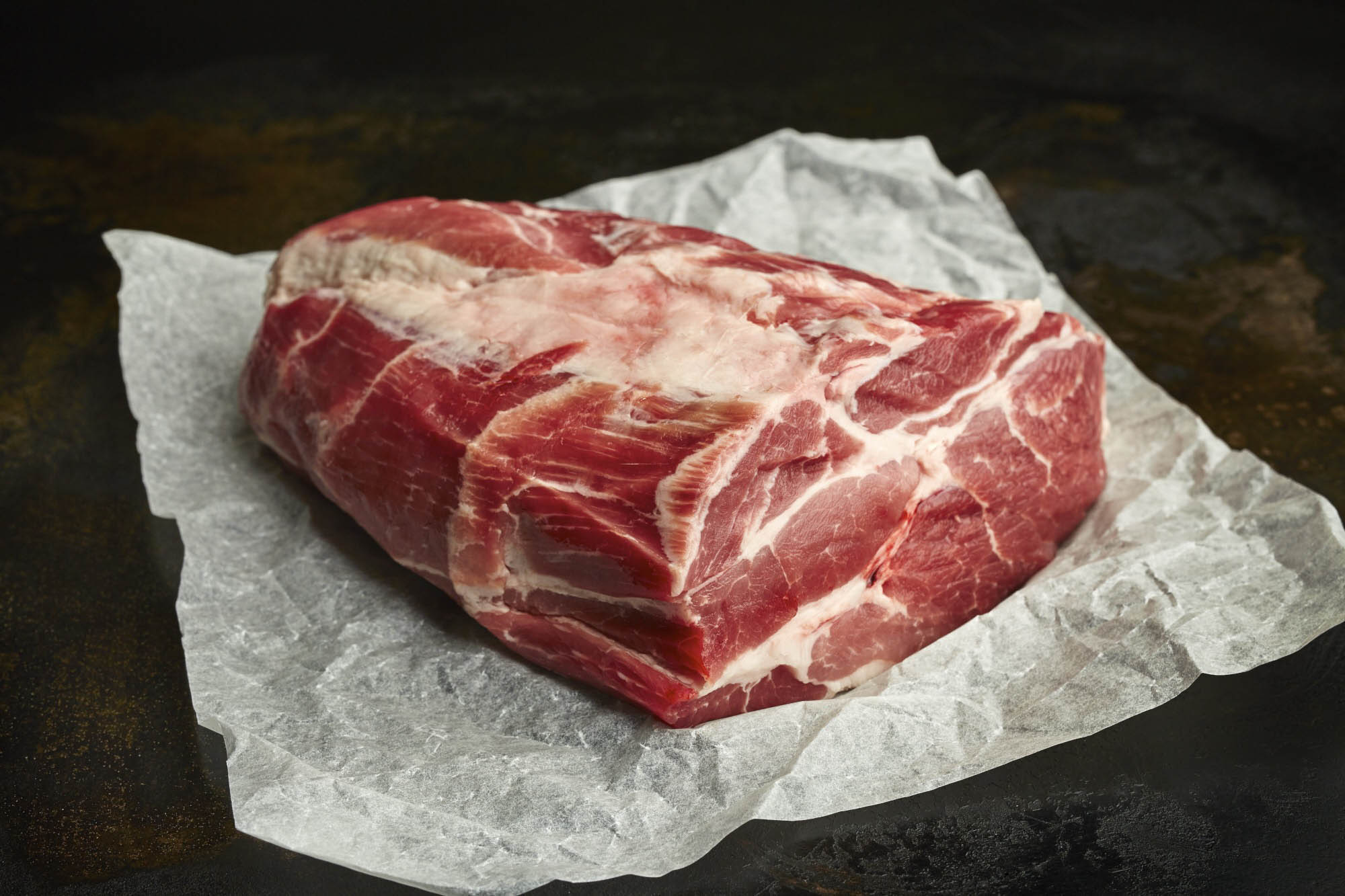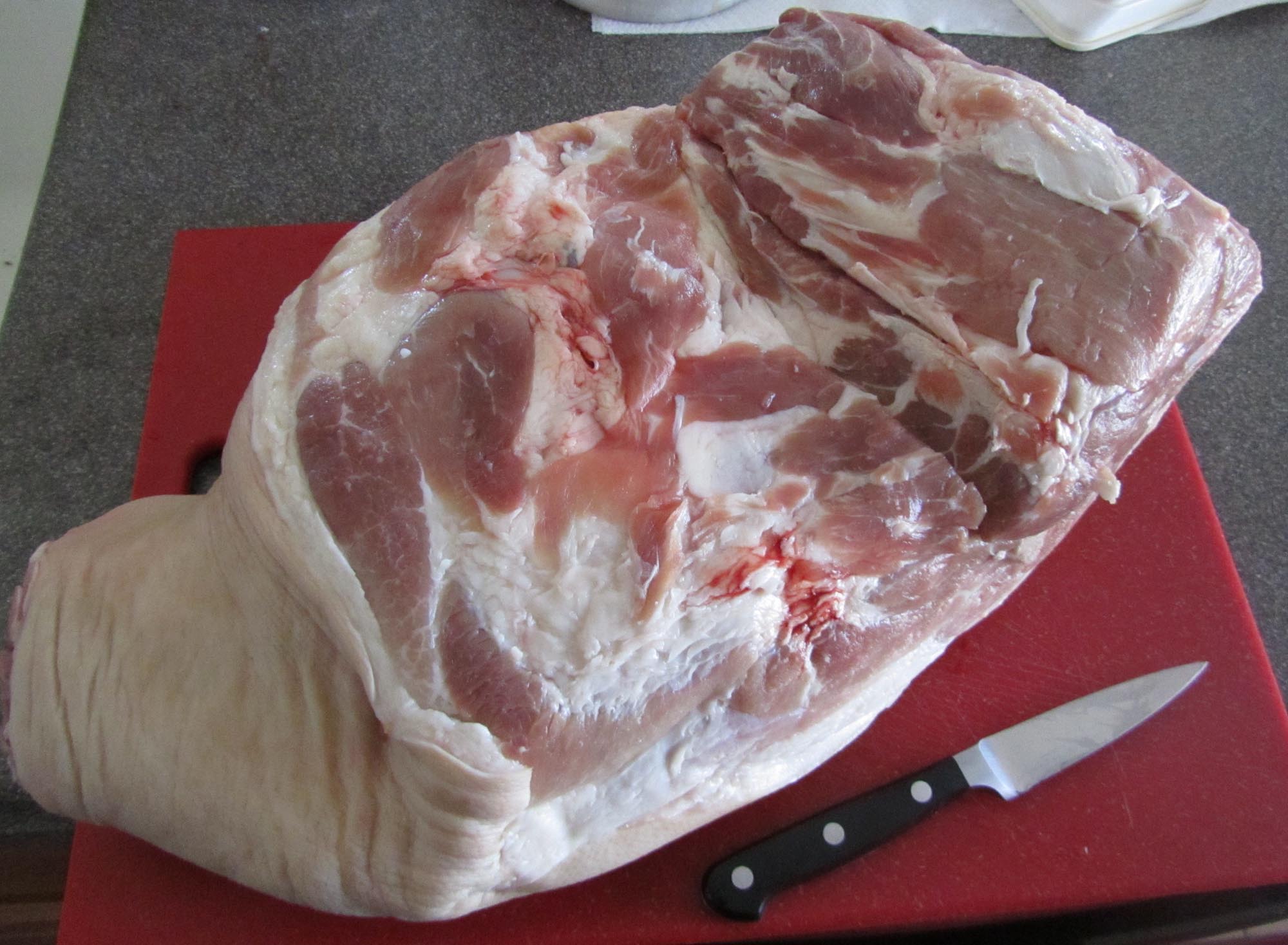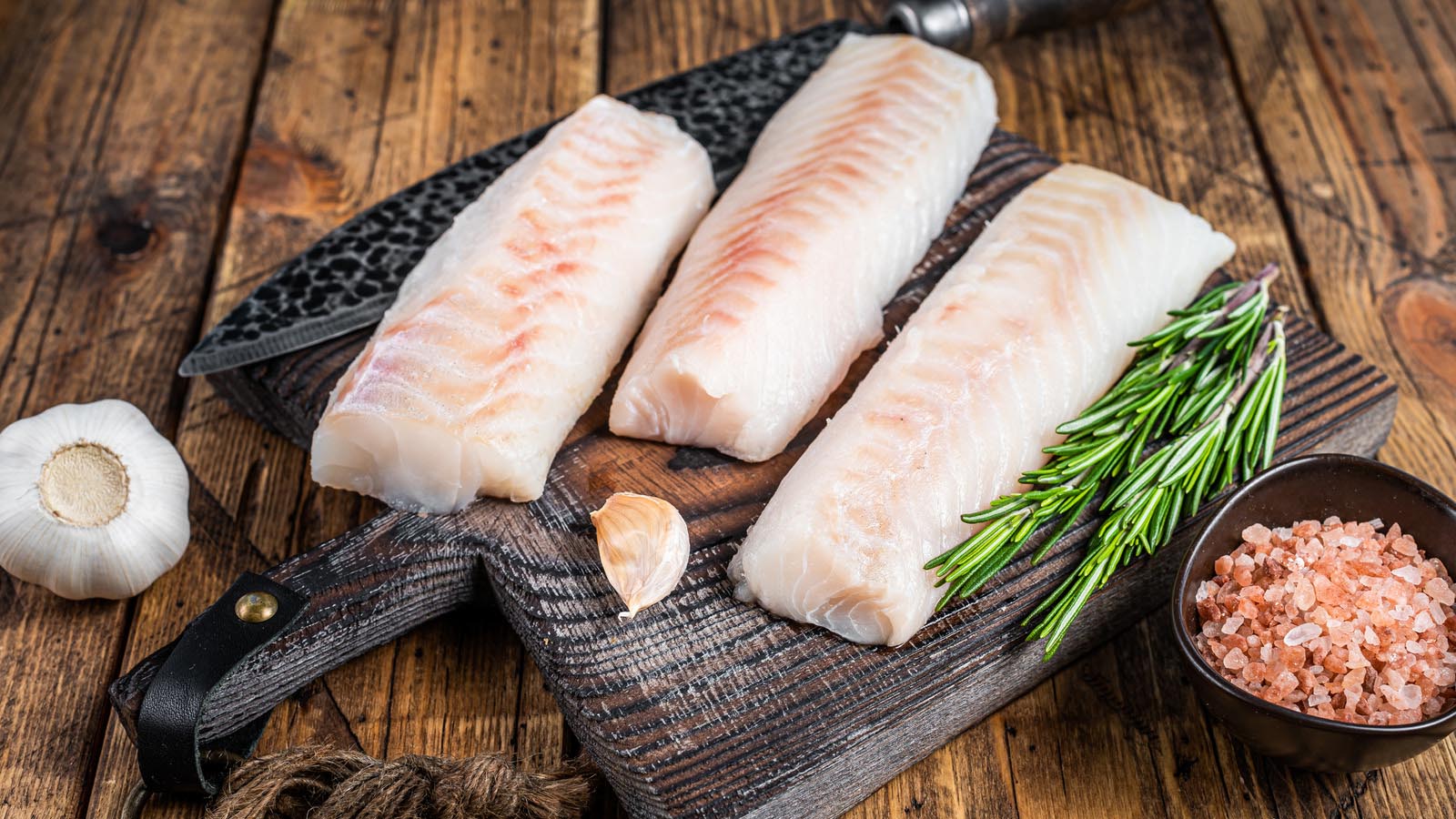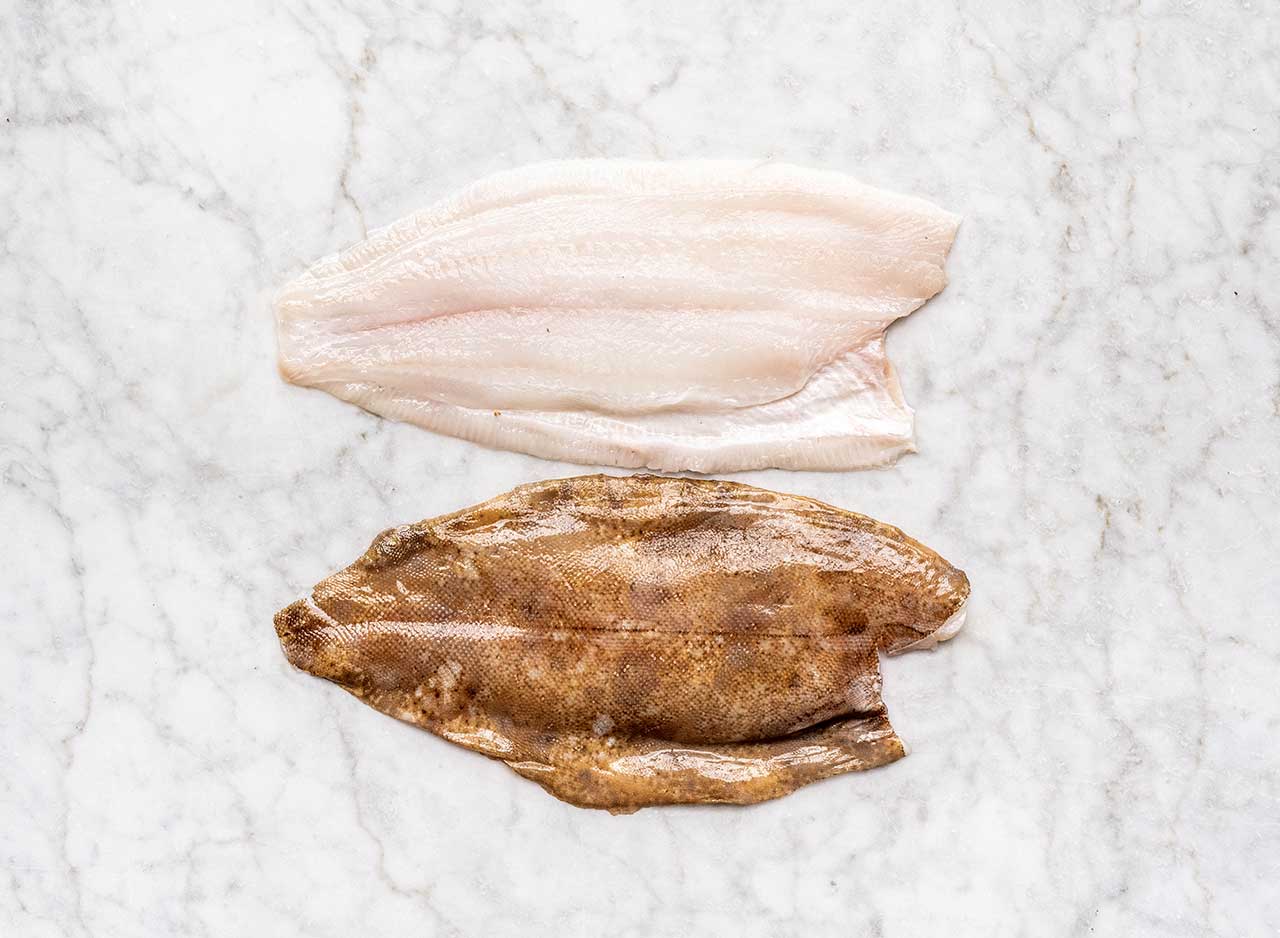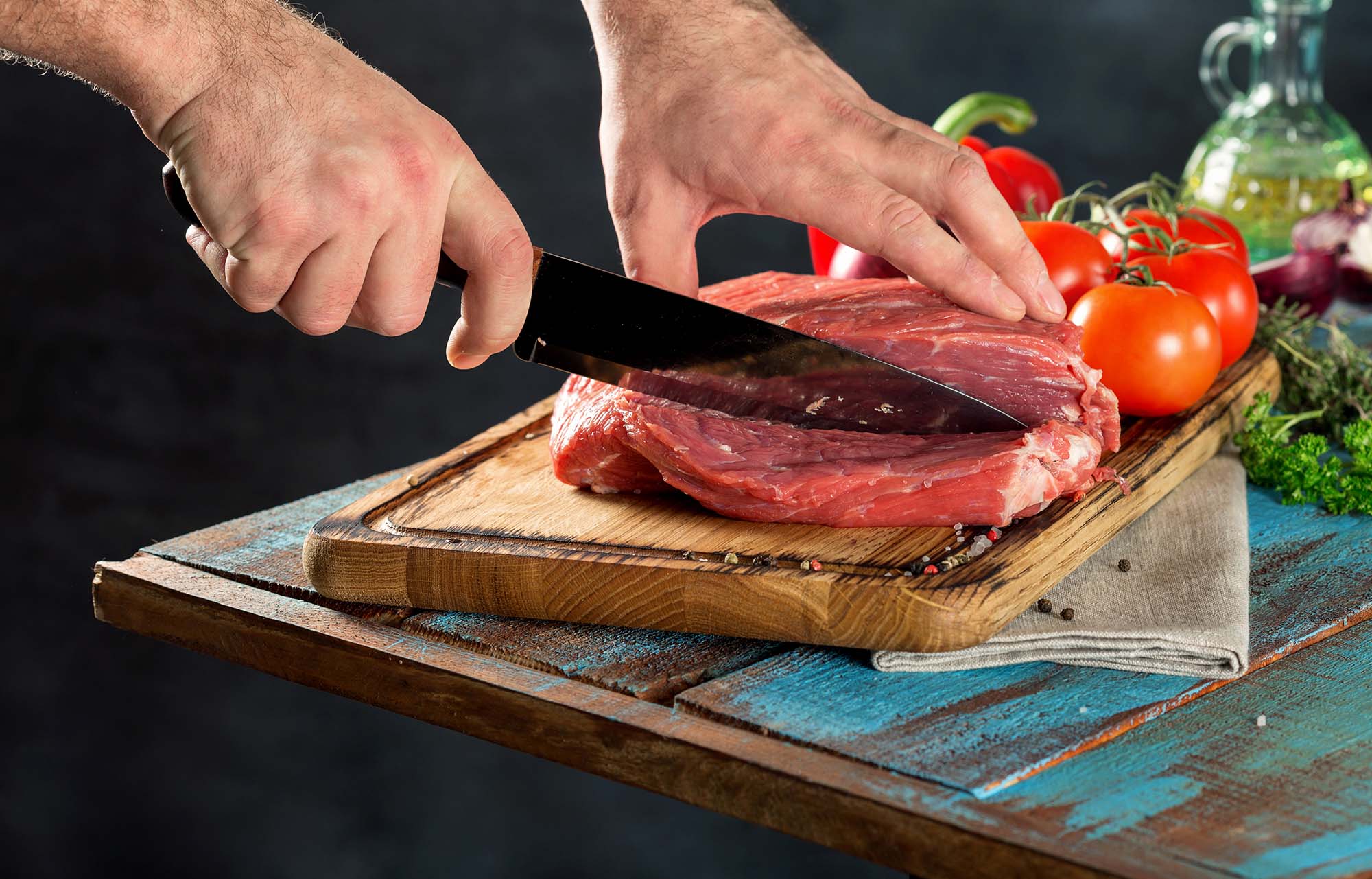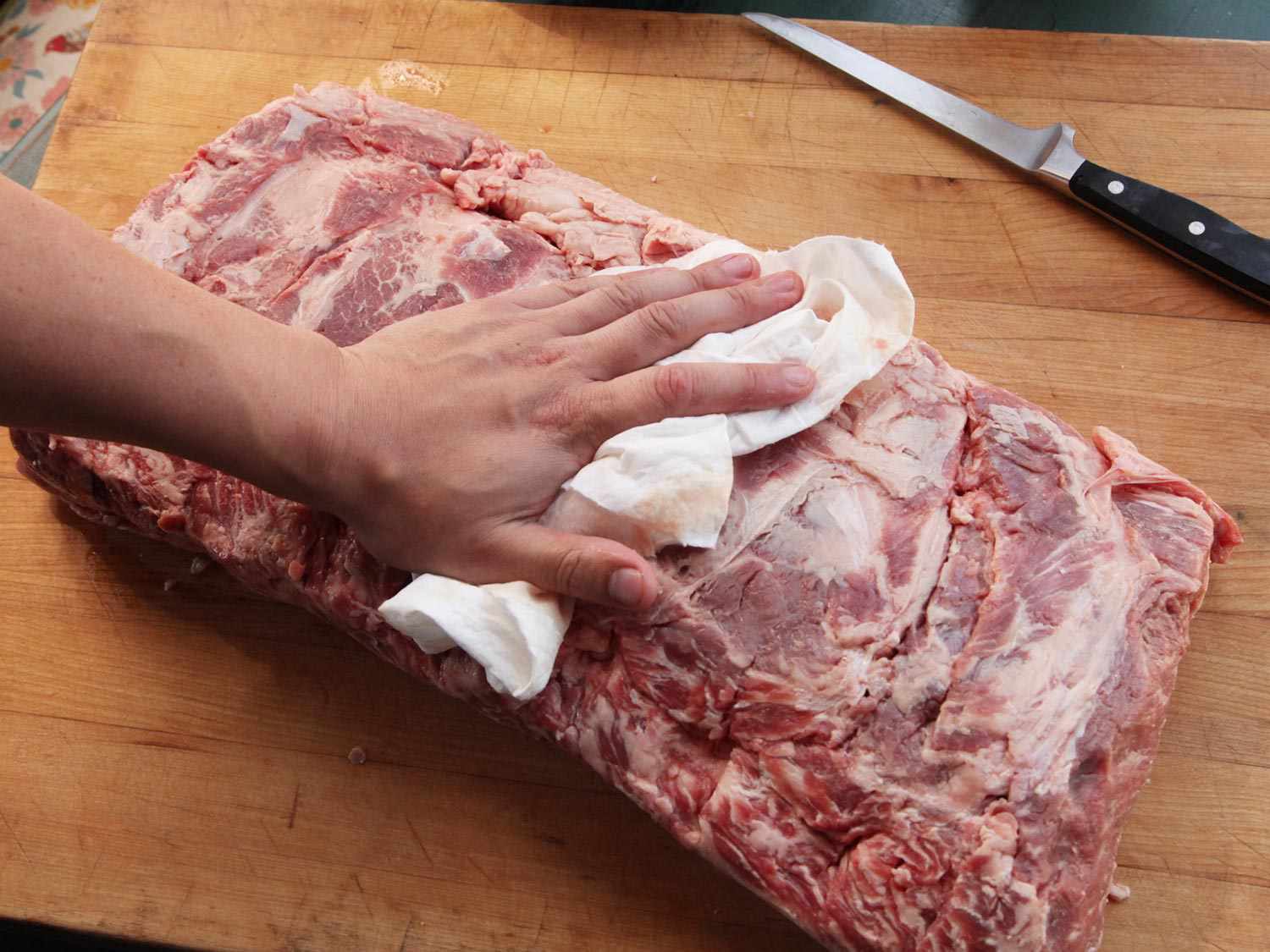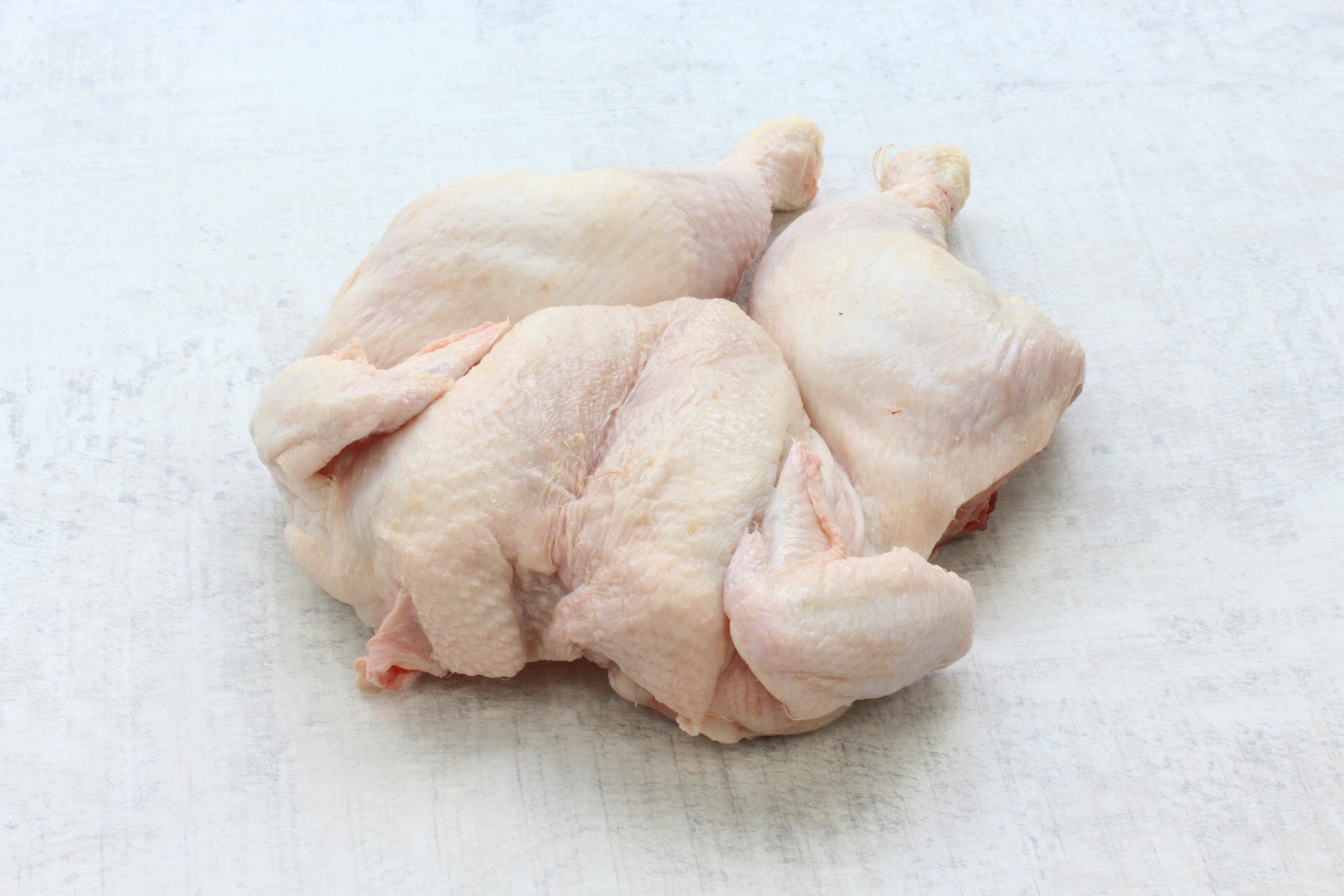Bluegill is a popular freshwater fish known for its delicious flavor and delicate texture. If you've ever caught a bluegill and want to enjoy it without worrying about bones, you're in the right place. Deboning bluegill may seem like a daunting task, but with the right technique, you can easily remove the bones and savor the tasty meat without any hassle.
Preparing to Debone Bluegill
Before you start deboning, it's essential to gather the necessary tools and set up a clean workspace. Here's what you'll need:
- Fresh Bluegill: Begin with a fresh bluegill, preferably one that has been cleaned and scaled.
- Sharp Knife: A sharp, thin-bladed knife is crucial for precision when deboning.
- Cutting Board: Use a stable cutting board to work on.
- Paper Towels: Keep paper towels handy for cleaning and drying the fish.
Step-by-Step Guide to Deboning Bluegill
Follow these steps to debone bluegill like a pro:
1. Lay the Bluegill on the Cutting Board
Place the bluegill on the cutting board with the belly facing up. Ensure that it is clean and dry before you begin.
2. Make an Incision
Using a sharp knife, make a shallow incision along the belly of the bluegill from the head to the tail. Be careful not to cut too deep to avoid damaging the internal organs.
3. Remove the Head
Once the incision is made, gently remove the head of the bluegill. This will expose the internal cavity and make it easier to access the bones.
4. Remove the Innards
Carefully remove the internal organs from the cavity of the bluegill. Use a spoon or your fingers to scrape out any remaining bits.
5. Cut Along the Backbone
With the belly still facing up, make a cut along the backbone from head to tail. Use the tip of the knife to carefully separate the flesh from the bones.
6. Lift the Fillet
Once the backbone is separated from the flesh, lift the fillet away from the bones. Take your time and use gentle, precise movements to avoid tearing the flesh.
7. Remove the Rib Bones
Using the tip of the knife, carefully cut along the rib bones to separate them from the fillet. Be sure to remove all small bones to ensure a boneless fillet.
8. Repeat on the Other Side
Turn the bluegill over and repeat the process to debone the other side. Take your time and be thorough to ensure all bones are removed.
9. Trim and Clean the Fillets
Once both sides are deboned, trim any excess skin and clean the fillets with water. Pat them dry with paper towels before cooking or storing.
Cooking and Enjoying Deboned Bluegill
Now that you have perfectly deboned bluegill fillets, it's time to cook and enjoy them. Whether you prefer to grill, bake, or pan-sear the fillets, you can savor the delicate flavor of bluegill without the worry of bones. Consider seasoning the fillets with your favorite herbs and spices for a delicious meal.
Conclusion
Deboning bluegill may take a bit of practice, but with the right technique and patience, you can enjoy boneless fillets that highlight the natural flavors of this popular freshwater fish. With these simple steps, you can confidently prepare and savor bluegill without the hassle of dealing with bones. So, the next time you catch a bluegill, don't hesitate to debone it and indulge in a delicious and bone-free meal.
Was this page helpful?
Read Next: How To Debone Squirrel
